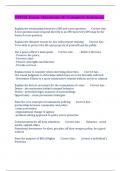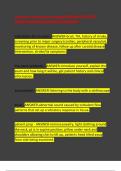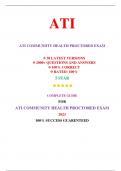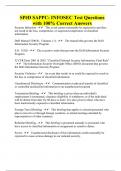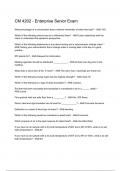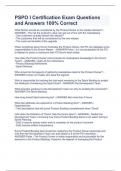Samenvatting
Summary Administrative Law 411 Semester Notes 2020
- Vak
- Instelling
Complete and detailed Administrative Law notes. Includes detailed class notes, relevant textbook summaries, in depth case summaries and lecturer's test/exam tips and examples. Notes are set out in an organised, structured manner making it easy to understand.
[Meer zien]






